One of New Zealand’s largest buttercup squash growers is diving into Asia’s alternative proteins market with a plant-based milk.
Kabochamilk is a collaboration between Hawke’s Bay grower Shane Newman and Sachie Nomura, a Japanese celebrity chef who also developed a world first avocado milk.
Kabocha, a Japanese variety of squash, is a staple part of the Japanese and East Asian diet and New Zealand is one of the largest exporters of kabocha to Japan and Korea.
The Ministry for Primary Industries contributed more than $95,000 through its Sustainable Food and Fibre Futures fund to help boost Kabocha Milk Co’s efforts to formulate, manufacture, and market a shelf-stable kabocha milk recipe that would appeal to consumers in Japan, Korea, China, and beyond.
Newman said by tapping into the strong distribution and retail channels his family had established from over 40 years of fresh horticultural and export business, Kabochamilk was able to gain access to a large distribution network of around 5000 Asian retailers, supermarkets, and convenience store chains.
“Our Kabochamilk uses the unexported tag-3 fruit, creating a high-value, sustainable and exportable product from produce that would otherwise go to waste,” says Newman.
“It’s immensely satisfying to have hit upon a new opportunity for New Zealand’s kabocha industry.”
Newman said while all their product would go offshore, they were using local farmers, local R&D and local manufacturers, packaging, and domestic logistics companies.
The story of the kabocha being grown and produced in New Zealand is an important part of the branding, he said.
“New Zealand growers already have very high credibility among consumers, so we emphasise the product’s origin story in our marketing,” said Newman.
“The market feedback already has been extremely positive, from product concept, to taste, to brand.”
Kabochamilk is positioned as an everyday ‘milk alternative’ product that can be consumed at any time of day as a simple, tasty way of introducing healthy nutrients into the family diet.
MPI’s investment programmes director Steve Penno said Kabocha Milk Co was providing valuable employment opportunities in New Zealand’s food sector and these opportunities would continue to grow as the company expanded.
“It’s also an innovative way to extract greater yield and value for our growers from surplus produce. Currently 10 to 15 percent of kabocha grown in New Zealand is used for stock food.
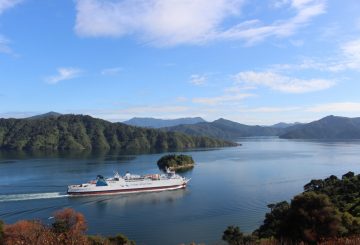

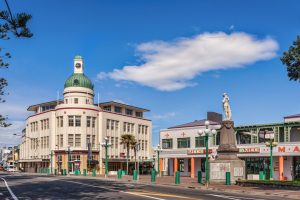
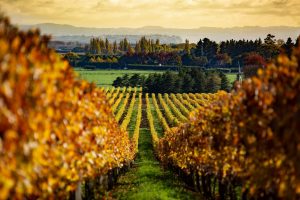
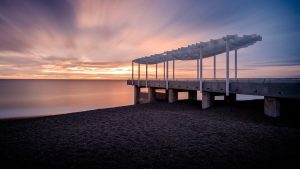
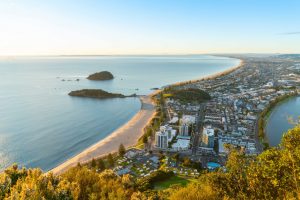
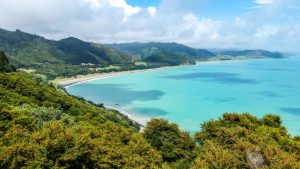
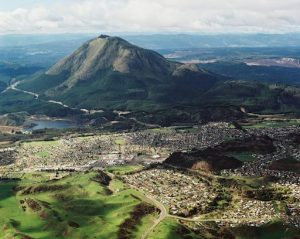
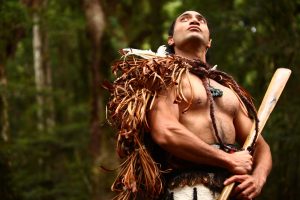
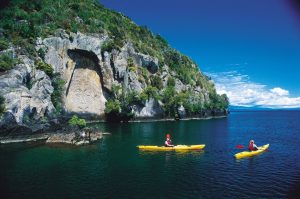
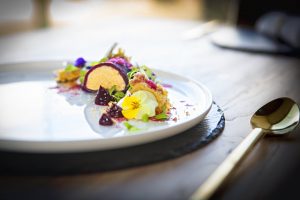
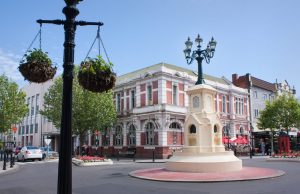
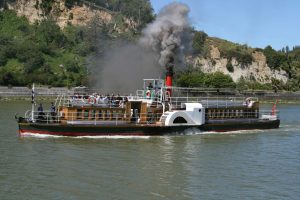
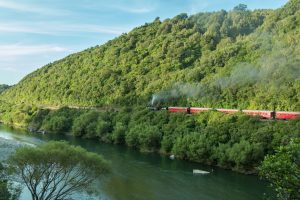
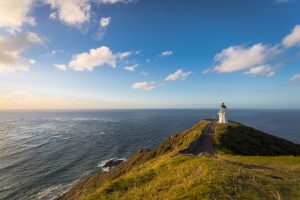
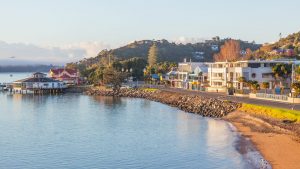
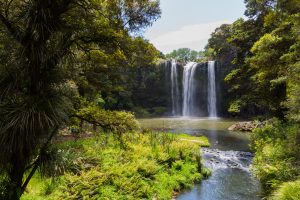
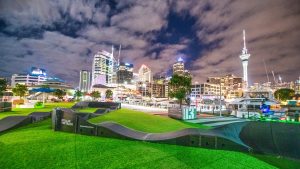
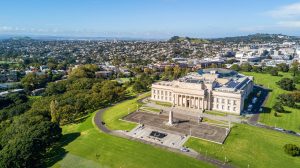
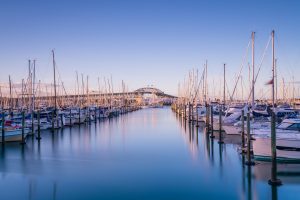
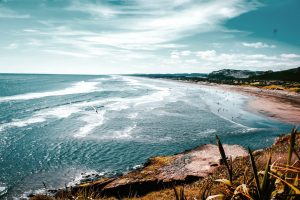
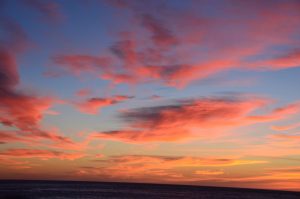
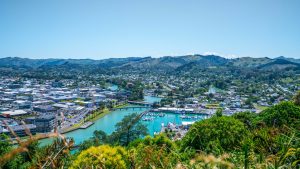
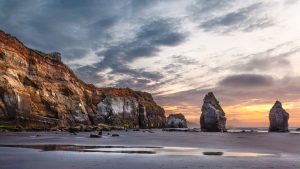
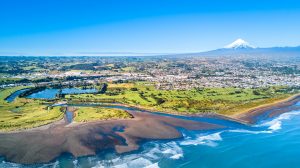
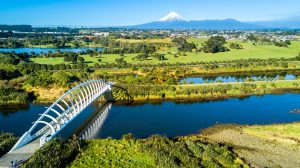
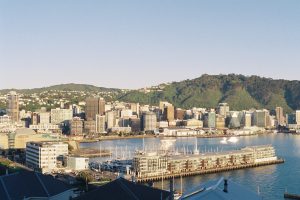
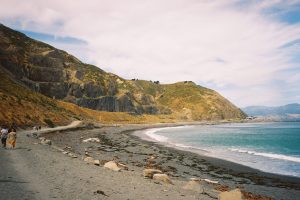
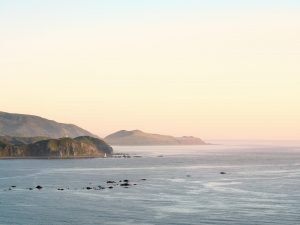
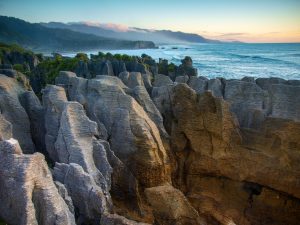
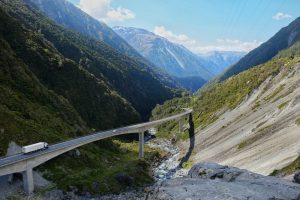
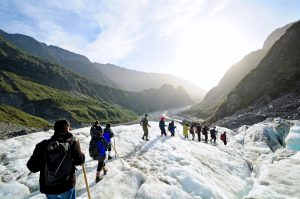
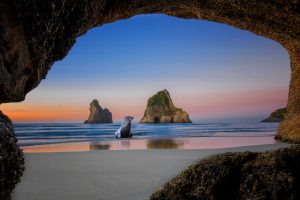
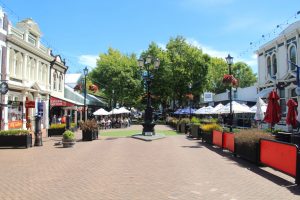
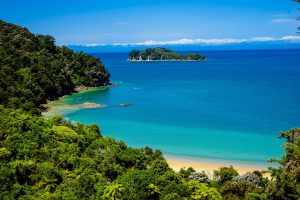
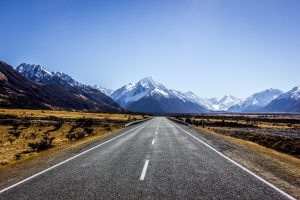
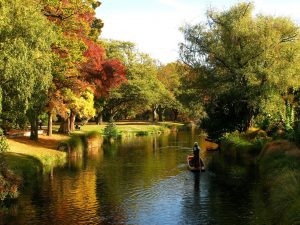
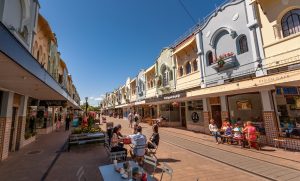
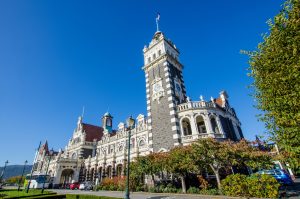
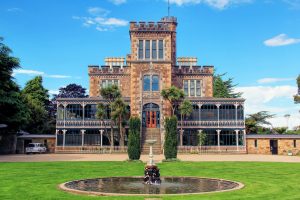
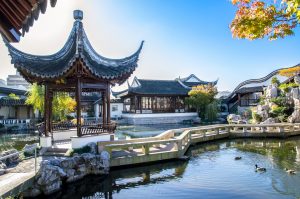
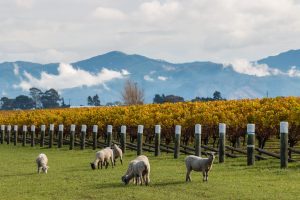
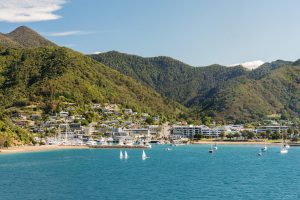
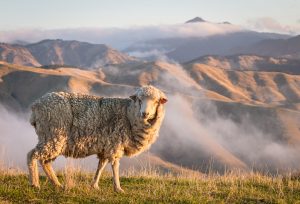
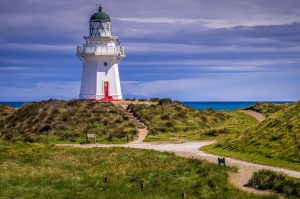
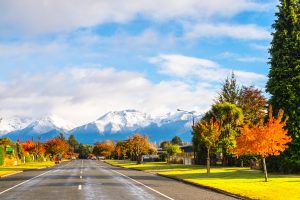
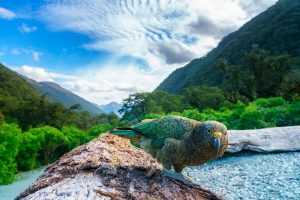

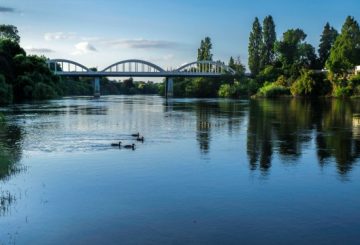
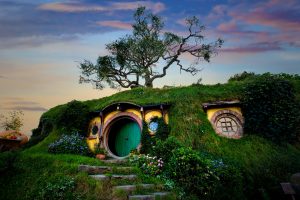
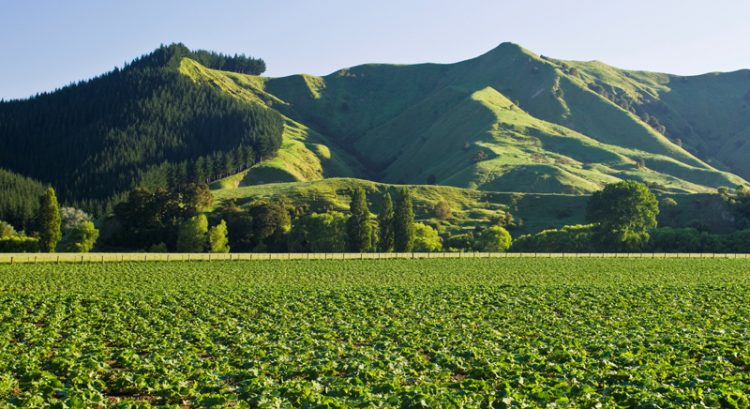

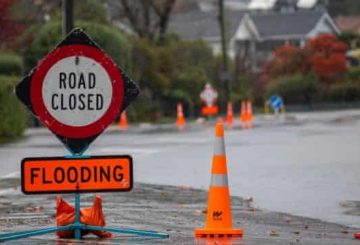
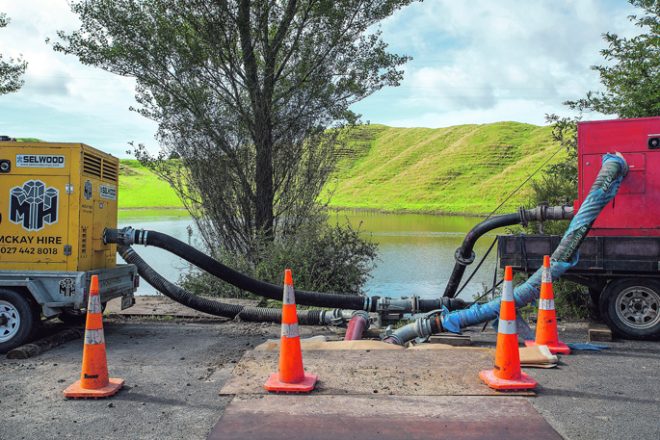
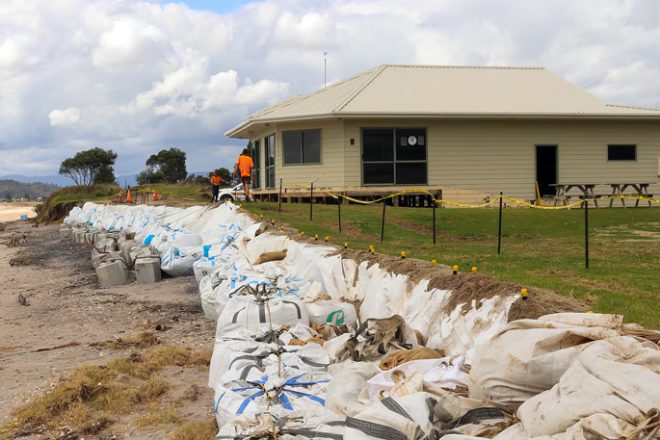
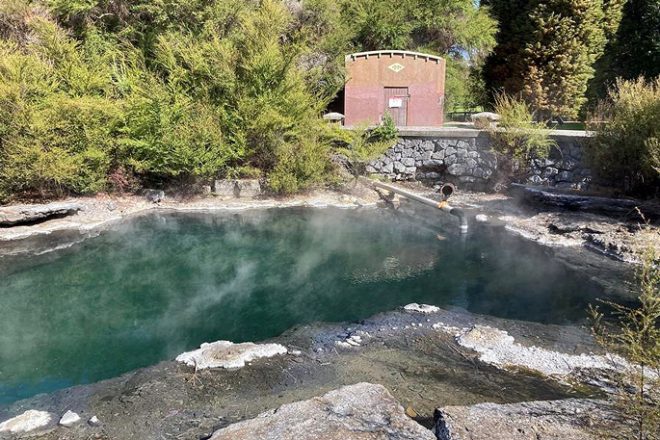
-helped-regain-her-strength-and-balance-using-Nymbl-after-a-fall.-660x440.jpg)


